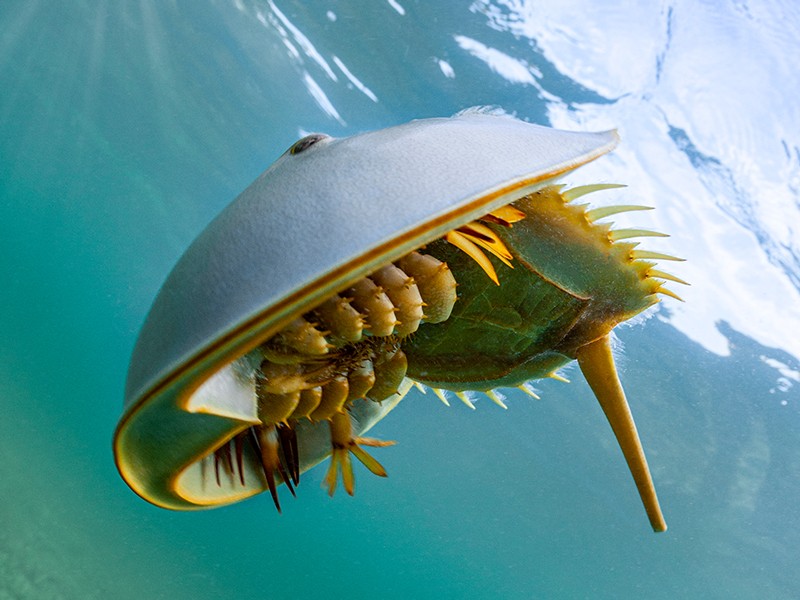AMICOR 3.049
#Dra. Valderês A. R. Achutti (*13/06/1931+15/06/2021)
V. Antonietta na capela de Sto Antônio. Lisboa, 1995.
Your Top Paper
Notícia do dia 20/09/2021 Minhas irmãs Lia Maria e Maria Helena foram alunas, enquanto se chamava Escola Normal O.B. Valderês em 1951 foi aluna da primeira turma de Científrico noturno, concluíndo em 1953, vindo então para Porto Alegre. #From: TWEETER On World Alzheimer’s Day, the forgotten Black doctor who helped decode the disease |
|---|
Para minha irmã Profa. Dra. Maria Helena C.A. que é Pós Graduada em Botânica, nos seus noventa e um, dei-lhe este livro, que agora estamos apreciando em conjunto. O que ela lê, comenta comigo em nosso encontro diário por vídeo. Eu tinha admirção pelo nome do Humboldt, mas sabia pouco de sua história. Esta Andrea Wulf está nos contando. Ela é autora premiada de vários livros sobre jardins e história natural.Nasceu na India, foi criada na Alemanha e agora vive na Inglaterra.
Alexander von Humboldt chamou atenção sobre a importância das florestas no enriquecimento da atmosfera e do controle da distribuição de água nos solos, humidade e temperatura ambiente, importância em evitar erosão dos solos, e o possível impacto imprevisível para as próximas gerações..
Thomas Jefferson o chamou de “um dos mais excelentes ornamentos de nossa época” Charles Darwin escreveu que “nada estimulou mais de formatão ardorosa o meu entusiasmo quanto a leitura na Narrativa Pessoal” dele. Sem ele não teria embracado no Beagle, tão pouco teria cocebido A origem das espécies.
William Worsworth, Samuel Taylor Coleridge e Henry David Thoreau, incorporaram seus conceitos de naturalista em suas poesia e outras obras (Walden) Simón Bolivar o chamou de “o descobridor do Novo Mundo”. Johann Wolfgang von Goethe, declarou que passar alguns dias com ele foi como “ter vivido vários anos”.
Nasceu em 14 de setembro de 1769 e morreu em 1859. Gerou inveja em Napoleão Bonaparte.
Ele dizia que “a Terra é um só organismo interconectado que pode ser catastroficamente danificado por nossas próprias ações” (NY Times)
Pump: A Natural History of the Heart Bill Schutt Algonquin (2021)
Rich in meaning and metaphor, the word ‘heart’ conjures up many images: a pump, courage, kindness, love, a suit in a deck of cards, a shape or the most important part of an object or matter. These days, it also brings to mind the global increase in heart attacks and cardiovascular damage that attends COVID-19. As a subject for a book, the heart is an organ with a lot going for it.
Enter zoologist Bill Schutt. His book Pump refuses to tie the heart off from the circulatory system, and instead uses it to explore how multicellular organisms have found various ways to solve the same fundamental challenge: satisfying the metabolic needs of cells that are beyond the reach of simple diffusion. He writes of the co-evolution of the circulatory and respiratory systems: “They cooperate, they depend on each other, and they are basically useless by themselves.”/.../
| |||||||||||||||||||||||
| |||||||||||||||||||||||
|
 | |
| NASA/JPL-Caltech/MSSS | |
 |
NASA's Perseverance Mars rover took this selfie on Sept. 10, 2021, the 198th Martian day, or sol, of its mission. Two holes can be seen where the rover used its robotic arm to drill rock core samples.
SPECIAL FEATURE | |
| |
|


 byAloyzio Achutti
byAloyzio Achutti











No comments:
Post a Comment